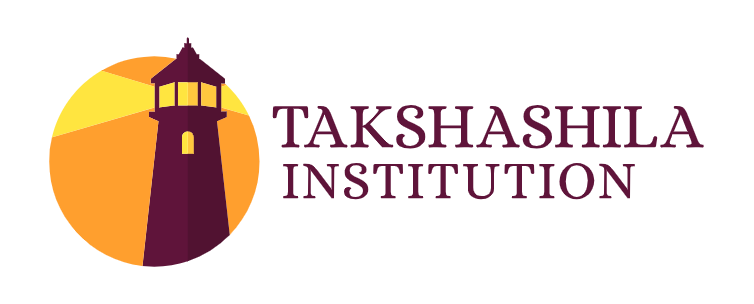Free Bus Service to Women
By Durdanah Masoodi
The initiation of free bus service to women by different state governments was introduced as a noble cause that would help the women folk owing to the different categories of problems they face. Starting from the very fact that many women did not find adequate seat services in public transport which had both men and women or the increasing frequency of the cases of harassment and molestation led the government to ponder over the issue and Free bus service was the solution they came up with. But as soon as the service started, a lot of piled-up questions started coming to the forefront. Such as from a public policy perspective is the solution viable, how does it impacts the income and sustainability of other transport runners, How it has contributed to lower driving demands to rickshawalas, and a lot more? Or from a consequentialist perspective, how impactful the policy has been, has it been able to achieve what it was meant to, etc?
As far as the view of convenient and safe travel is considered, one can, without doubt, argue that the service has been quite helpful to women wherever it runs. Shifting to the lens of economic reasoning pushes one to two pictures. One is that yes, since human safety and security matter for a state, therefore investing in it in any form will increase well-being, which would ultimately help the economy. The other side of the story tells that no, this may eventually do more harm to a sector and ultimately to an economy. Because India is a populous country, and women are an obvious part of it, are drivers of the economy. But restricting their travel and movement to a certain mode of transportation also means that the other available means of transport get severely impacted. A rickshawala for example used to get 10 women customers a day, but now women have an incentive of free travel, so why would they pay even a mere sum of Rs 10 or 20? But that 10 or 20 multiplied by 10 is 100 or 200 respectively for a rickshawala, and he loses it all in a jiffy. Furthermore, the policy lens also says that the more free services actions are there, the more pressure the state economic departments have to handle, as in how and where to extract and adjust the required amount for such services. Therefore it may not be even a dilemma but a trilemma, which is before all of us, especially from a policy lens.
The parameters of policy analysis further make this question debatable. The first parameter of the public policy is ‘Effectiveness’ which means that is the said policy able to achieve what it intends to. For example, has the Bus service been implemented well, and is the government involving long-term investment in it so that it justifies what it is required to? And we hardly have clear-cut answers for this and policy actions like this, where we need long-term state intervention, not just momentarily. The second parameter is ‘Efficiency’ which is Effectiveness/Cost. In this case, if free bus service has been effective, only then can we expect it to be efficient as well. So there is a linkage, if 1 works then 2 can prove fruitful as well. The last parameter is ‘Equity’ which broadly covers the idea of who all receive benefits and what/whose cost. Is free bus service accessible to all women no matter what their caste, religion, or other affiliations are, or is it a hijacked service by a certain group of women? Even if assistance is on paper accessible to all, in practicality is it so?
All these questions push us toward a more critical analysis of policies and at the same time signify the importance of assessing policies deep down rather than at the face of it. This also tells us how applying economic reasoning becomes crucial in matters of public policy because economics is what rules policies in and out.

